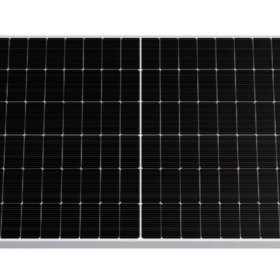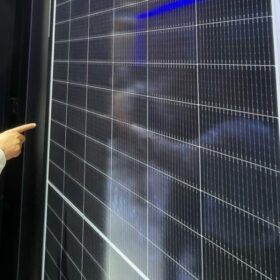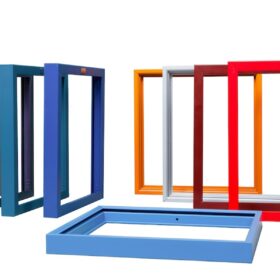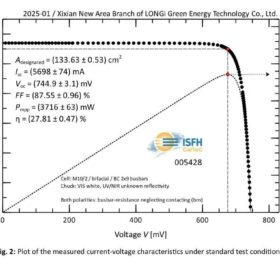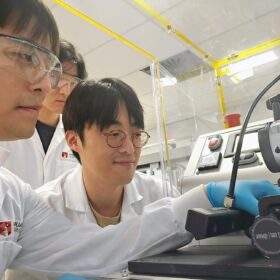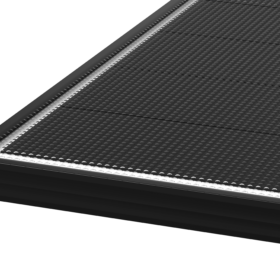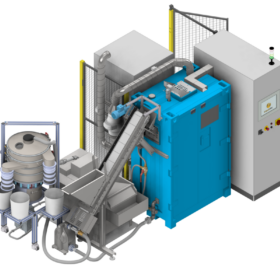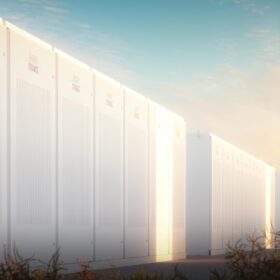Solar carport serves as alternative for rooftop PV
GoodWe BIPV has identified new applications for its Vela residential solar carport with the modular unit gaining traction in rural and small commercial settings as an alternative to ground-mounted and rooftop PV systems.
Gautam Solar presents 23.69%-efficient 640 W TOPCon solar module
The Indian manufacturer said its new TOPCon solar panel is based on rectangular bifacial solar cells and is certified by the Bureau of Indian Standards.
Longi achieves 34.85% efficiency for two-terminal tandem perovskite solar cell
The result was confirmed by the United States Department of Energy’s National Renewable Energy Laboratory (NREL).
Thornova offers solar module composite frames
Chinese manufacturer Thornova says that its new composite frames offers advantages in terms of stability, corrosion, and chemical resistance. Installation is also easier because no grounding is required.
Global solar module shipments hit 703 GW in 2024
The new edition of the International Technology Roadmap for Photovoltaic, published this week, reports that average PV module prices last year dropped by 33% compared to the end of 2023.
Longi claims world’s highest efficiency for silicon solar cells
Longi said it has achieved a 27.81% efficiency rating for a hybrid interdigitated back contact, a result confirmed by Germany’s Institute for Solar Energy Research Hamelin.
Researchers make green perovskite manufacturing breakthrough
Scientists at Macquarie University and the University of New South Wales have broken through significant barriers to perovskite solar cell industrial adoption with the discovery of ground breaking green manufacturing processes and materials.
AIKO’s ultra-light solar panel answers structural load limit problem
Pilot shipments of AIKO’s ultra-light 8.6 kilogram solar panel have arrived in Australia offering a solution to structural load limits common in old warehouses, cold stores and lightweight rooftops.
Jinko TOPCon technology tapped for 10 GW green hydrogen project
JinkoSolar has inked a deal to supply PV modules based on its N-type TOPCon technology to power a 10 GW green hydrogen production facility being developed in the Northern Territory.
PV module recycling tech based on electrohydraulic shockwave fragmentation
An international research team has developed a new machine that utilises shockwaves to separate the different materials of a PV module. Chemical processes can be further used to extract silicon and silver. Results show the recovery of more than 99.5% of the original weight of the panels.

